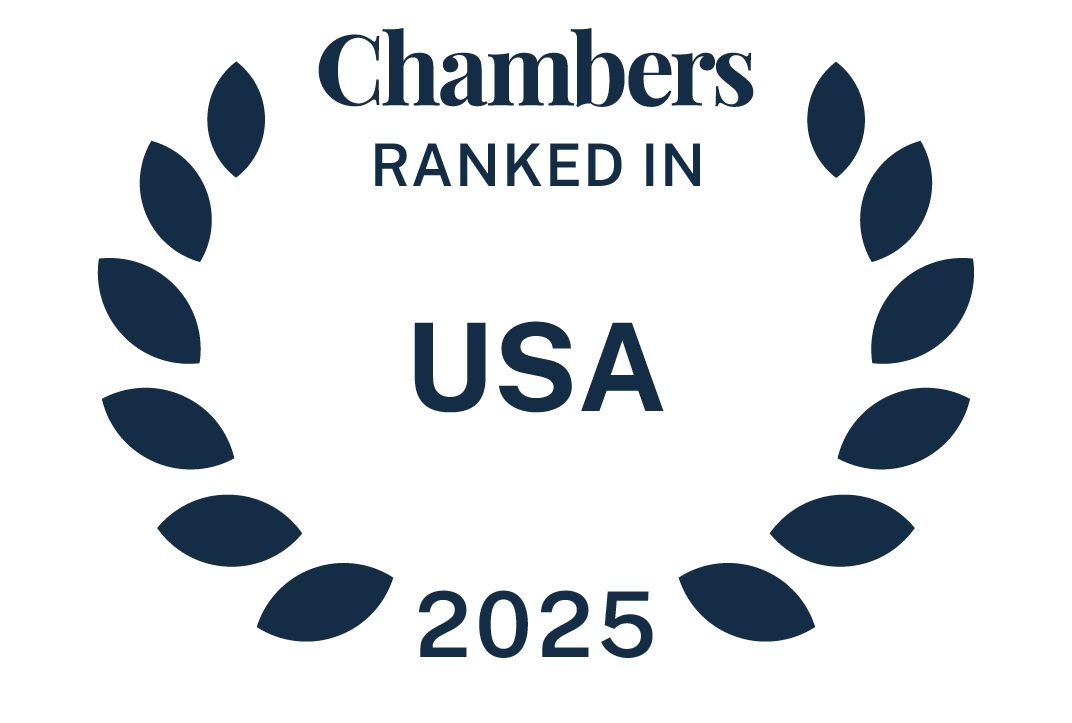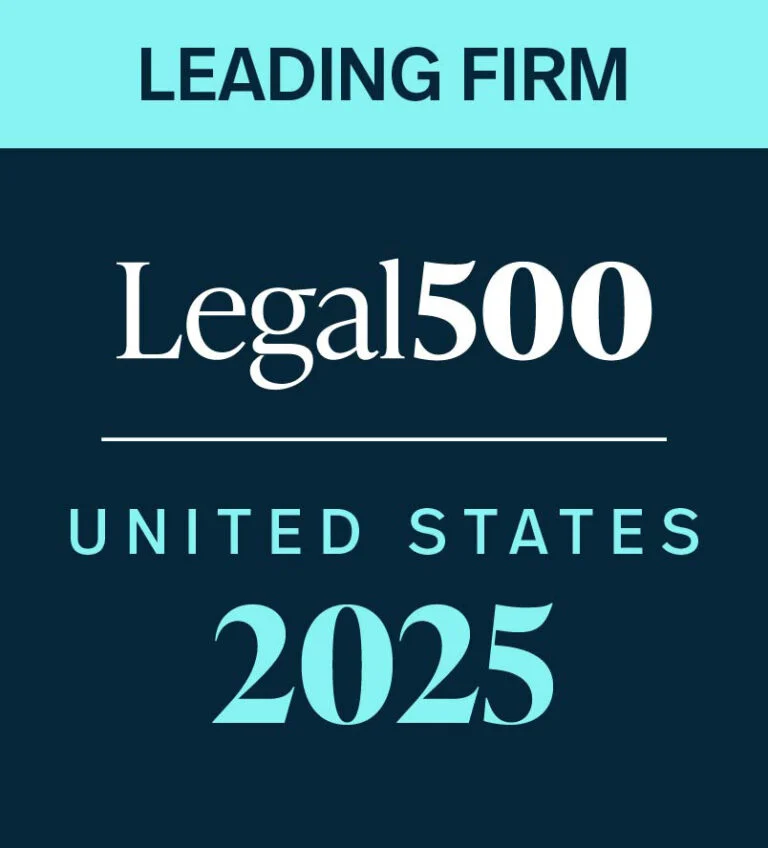In a blog post last Friday, Debbie Feinstein, Director of Competition at the Federal Trade Commission (FTC), defended the agency’s use of FTC Act Section 5 to target unfair methods of competition outside the scope of the Sherman and Clayton Acts.
While the use of Section 5 in consumer protection cases has long been established, many, including U.S. Congress members and FTC Commissioners, have urged the FTC in recent years to issue clearer guidelines on how Section 5 will be used to target conduct related to unfair methods of competition. Feinstein suggested that those interested in the FTC’s future use of Section 5 “should look at what the Commission has done and the reason it gave for acting to stop the behavior. . . . The touchstone of every stand-alone Section 5 claim . . . is likely or actual harm to competition or the competitive process.”
Feinstein pointed specifically to invitation to collude cases as a prime example of the type of conduct prosecuted in a stand-alone Section 5 action. The FTC first brought an invitation to collude case in the early 1990s, see Quality Trailer Products, 115 F.T.C. 922 (1992), in which Quality Trailer Products employees visited a competitor and urged it to raise its prices while stating that Quality Trailer would also raise prices. Since that time, the FTC has continued to use Section 5 to bring actions in invitation to collude cases. Most recently, the FTC brought complaints against two internet resellers of UPC barcodes in July 2014, alleging they had sent messages to one of their competitors proposing a scheme to raise their prices in line with the prices of another competitor. Feinstein suggested that the large number of cases brought unanimously by the Commissioners “demonstrates that we are using our stand-alone Section 5 authority responsibly.”
Feinstein also noted that nearly all stand-alone Section 5 cases brought by the FTC have resulted in an injunctive remedy — “I want to underscore that the Commission’s policy is not to seek disgorgement in stand-alone Section 5 cases. . . . Without the threat of a monetary penalty (let alone treble damages), I find it hard to understand the claim that significant procompetitive conduct is chilled by the possibility that the FTC may use its stand-alone Section 5 authority in some unforeseen way.”
read more


 Subscribe
Subscribe
